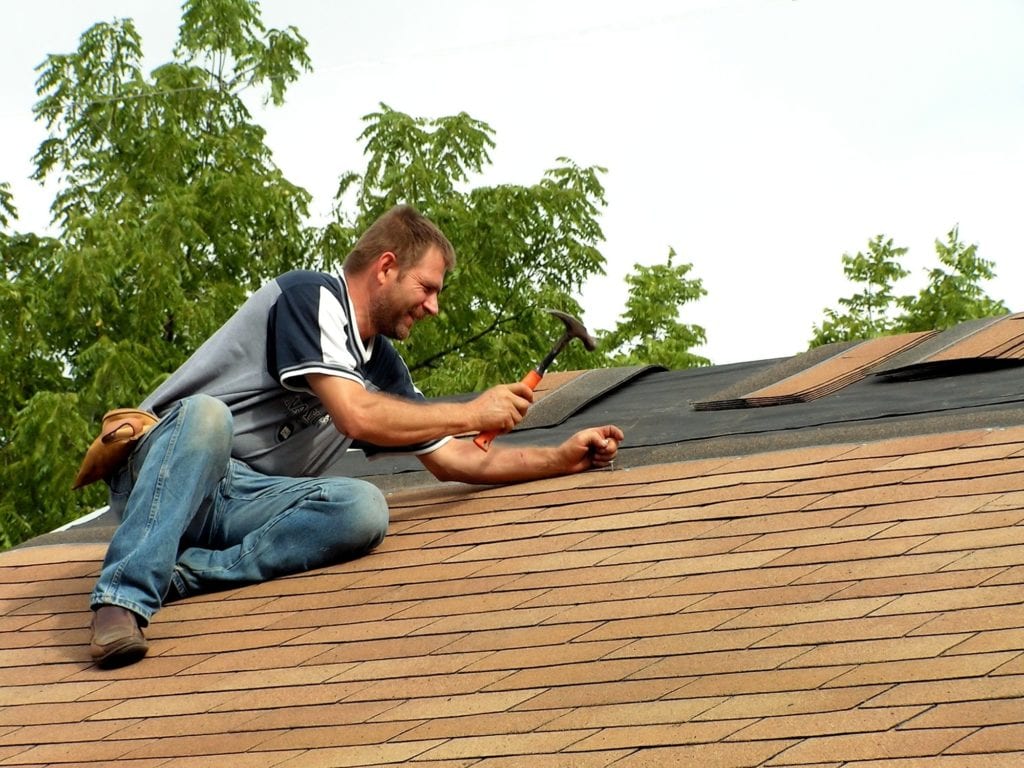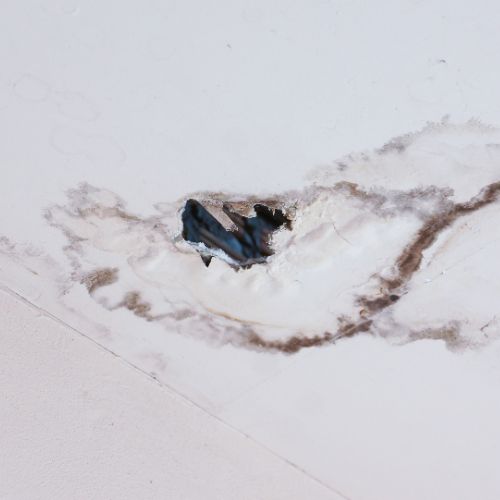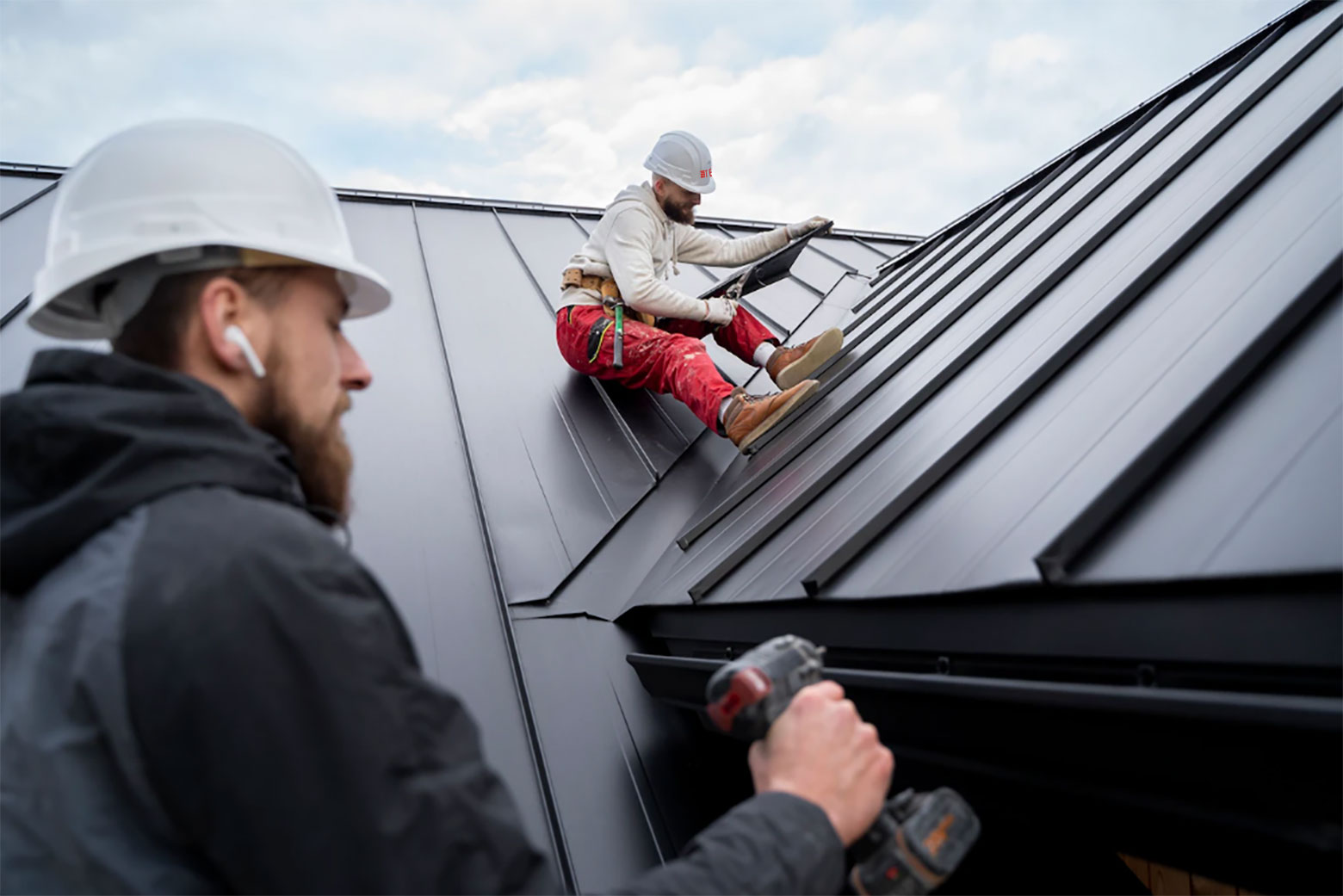Key Considerations for a Successful Roofing Installation: Attaining Durability and Effectiveness
In beginning on the journey of roof covering installation, one should focus on key factors to consider to make sure both longevity and performance. The option of materials, customized to endure neighborhood climate problems, plays an essential duty in preserving architectural honesty. As we discover these facets, it ends up being evident that a successful roofing installment is not just about covering a framework yet about crafting a resistant and lasting option.
Selecting the Right Materials

Environment plays a crucial duty in material option. In areas susceptible to heavy rainfall or snow, materials like asphalt tiles or metal roofing with high water resistance are suggested. Alternatively, in warm climates, materials with reflective residential properties, such as amazing roof membrane layers or ceramic tiles, can help in reducing power prices by dispersing sunlight.
Budget plan factors to consider also affect product choice. While costs products like slate or clay floor tiles supply durable efficiency, they feature greater in advance prices. Nonetheless, they can prove economical gradually as a result of their marginal upkeep needs and extended life expectancy.
Finally, the building design of the structure should balance with the roof covering product. Traditional homes may benefit from wooden roof shingles, whereas modern-day structures may opt for smooth metal surfaces. By very carefully evaluating these variables, you can select materials that line up with both functional and aesthetic objectives.

Understanding Roofing System Design
Comprehending roofing system layout is crucial in attaining a well-functioning and visually pleasing framework. The design of a roof covering influences not only the aesthetic allure but also the architectural stability and capability of the building. An attentively designed roofing system can boost the general architectural style while ensuring effective drain, insulation, and ventilation.
Trick components of roofing layout include the pitch, shape, and architectural support group. The pitch, or incline, establishes just how successfully water and particles are dropped from the roof covering surface, influencing the life expectancy of roof covering materials. Typical roofing shapes consist of gable, hip, flat, and mansard, each offering distinctive benefits and aesthetic qualities. Gable roofing systems are prominent for their simplicity and effective water losing, while hip roofing systems offer phenomenal stability in high wind areas.
Architectural support group, such as trusses and rafters, are essential in dispersing weight and preserving the roofing system's honesty. Proper design guarantees that the roof can withstand environmental loads and stand up to deformation. Furthermore, integrating attributes like overhangs and eaves can shield the building's frontage and boost energy performance by supplying color and lowering warm gain.
Inevitably, a well-considered roofing style balances form, work, blog here and sturdiness, adding to the long-term success of the installment.
Climate Considerations

In hot and warm climates, roofing materials should show, instead than take in, solar warmth to preserve energy efficiency and avoid too much thermal growth, which can lead to product deterioration - Keep Dry Roofing St Peters MO. Alternatively, in cooler areas, materials have to offer appropriate insulation to protect against heat loss and endure freeze-thaw cycles that can trigger splitting and various other structural issues
In addition, the selection of color and coating can substantially affect a roof's thermal efficiency, especially in locations with extreme temperature level variations. Regional building codes commonly provide assistance on suitable products and designs, showing regional climate worries. A detailed understanding of weather conditions is indispensable for selecting products and designs that guarantee a roof covering's optimal performance over its lifespan.
Installation Best Practices
Effective roof covering setup is a crucial element of making sure long-term longevity and performance. Following finest methods throughout installment not just safeguards structural honesty yet also minimizes expensive future fixings. First and primary, choosing the ideal materials is extremely important. Making use of top quality tiles, underlayment, and flashing customized to the particular environment and structure style will boost the roofing system's strength.
Equally important is the preparation of the roofing system deck. Making sure that the deck is tidy, dry, and structurally sound prior to installment avoids complications such as leakages and premature wear. Correct air flow is one more vital factor to consider, as it minimizes dampness accumulation and thermal tension, thus prolonging the roof covering's life expectancy.
Accuracy in dimension and alignment during the setup procedure is vital. This includes precise placement of websites roof shingles and careful interest to overlapping, which avoids water access. Using expert, proficient labor ensures these criteria are fulfilled, lowering the threat of click to read mistakes that could endanger the roof covering's performance.
Power Effectiveness Techniques
Enhancing a roofing's energy efficiency is a calculated consideration for decreasing energy costs and environmental effect. By picking appropriate products and technologies, property owners and builders can dramatically boost the thermal efficiency of a roofing system, thus minimizing energy consumption. Among the primary methods involves using reflective roofing materials, which deflect more sunshine and absorb less warmth. This can bring about a significant reduction in cooling prices, particularly in warmer climates.
In addition, the incorporation of sufficient insulation is vital in protecting against warm transfer in between the exterior and interior of a building. Insulation materials with high R-values, such as spray foam or inflexible foam boards, are reliable in preserving a constant indoor temperature, thereby optimizing cooling and heating system performance.
Additionally, the assimilation of photovoltaic panels on rooftops not just generates renewable resource but can also offer color, additional minimizing heat gain (Keep Dry Roofing St Peters MO). Developments like trendy roofs, which utilize finishings to mirror more sunshine, are additionally gaining popularity for their ability to reduce roofing temperatures
Conclusion
In verdict, achieving an effective roof setup demands a detailed approach that incorporates the selection of premium products tailored to specific weather problems, thoughtful design considerations for ideal drain and structural honesty, and adherence to precise setup techniques. These components jointly make sure the avoidance of moisture accumulation and thermal stress and anxiety, thereby improving the roofing's toughness and effectiveness. Integrating techniques to improve power performance additionally adds to minimizing maintenance requirements and decreasing energy intake over the roof's life-span.